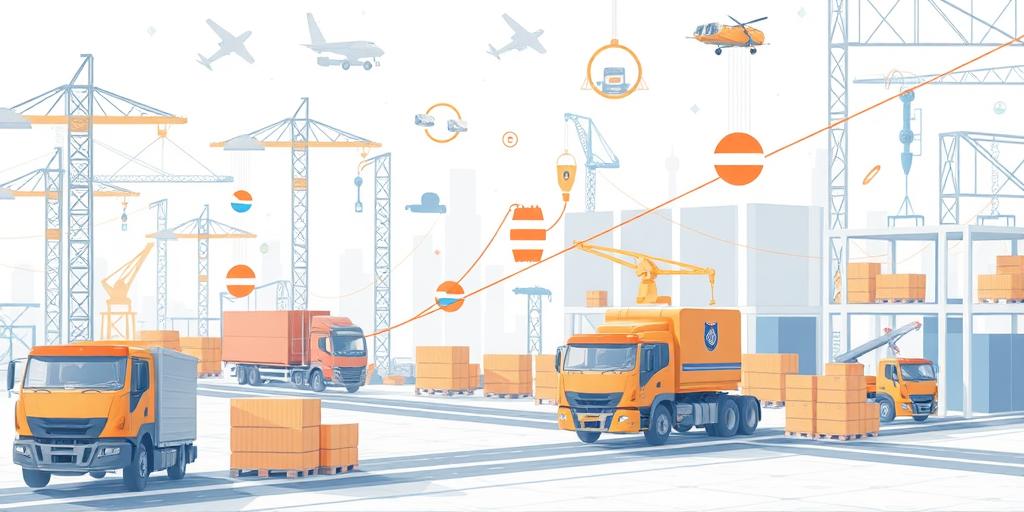The COVID-19 pandemic exposed significant vulnerabilities in global supply chains, and India was no exception. Lockdowns, transportation disruptions, and fluctuating demand created unprecedented challenges for businesses across various sectors. As India navigates the post-pandemic landscape, it is crucial to analyze the lessons learned and implement strategies to enhance supply chain resilience.
Key Challenges Faced During the Pandemic:
- Over-Reliance on Single Suppliers: Many Indian companies depended heavily on a limited number of suppliers, often from specific geographic regions. This concentration of risk made them highly susceptible to disruptions when those suppliers faced shutdowns or logistical bottlenecks.
- Inadequate Inventory Management: Insufficient buffer stocks and a lack of real-time visibility into inventory levels resulted in stockouts and delays, hindering the ability to meet customer demand.
- Logistical Constraints: Transportation restrictions, port congestion, and labor shortages severely hampered the movement of goods, leading to increased lead times and higher costs.
- Lack of Digitalization: Companies with limited digital infrastructure struggled to adapt to the rapidly changing environment. Manual processes and a lack of data-driven insights made it difficult to monitor supply chain performance and respond effectively to disruptions.
Post-Pandemic Strategies for Building Resilience:
- Diversification of Supply Base: Reducing dependence on single suppliers by diversifying the supply base across multiple geographic regions can mitigate the risk of disruptions. This involves identifying alternative suppliers, conducting thorough due diligence, and establishing strong relationships with them.
- Inventory Optimization: Implementing advanced inventory management techniques, such as demand forecasting and safety stock optimization, can help maintain adequate buffer stocks without incurring excessive holding costs. Real-time visibility into inventory levels across the supply chain is essential for effective decision-making.
- Strengthening Logistics Infrastructure: Investing in transportation infrastructure, streamlining customs procedures, and improving port efficiency can enhance the flow of goods and reduce logistical bottlenecks. Collaborating with logistics providers to develop contingency plans and alternative transportation routes is also crucial.
- Embracing Digitalization: Adopting digital technologies, such as cloud computing, big data analytics, and blockchain, can provide real-time visibility into supply chain operations, improve decision-making, and enhance collaboration among stakeholders. Digital platforms can also facilitate the automation of processes, reducing manual errors and improving efficiency.
- Focus on Risk Management: Implementing a comprehensive risk management framework that identifies, assesses, and mitigates potential supply chain disruptions is essential. This includes developing contingency plans, conducting stress tests, and monitoring key risk indicators.
Government Initiatives:
The Indian government has launched several initiatives to promote supply chain resilience, including:
- The National Logistics Policy: Aims to develop an integrated and efficient logistics ecosystem by promoting multimodal transportation, streamlining regulations, and investing in infrastructure.
- The Production Linked Incentive (PLI) Scheme: Provides financial incentives to companies to boost domestic manufacturing and reduce dependence on imports.
- The Make in India Initiative: Encourages domestic production and reduces reliance on foreign suppliers.
Conclusion:
Building supply chain resilience is a continuous process that requires a strategic and proactive approach. By diversifying their supply base, optimizing inventory management, strengthening logistics infrastructure, embracing digitalization, and focusing on risk management, Indian companies can better navigate future disruptions and ensure the smooth flow of goods and services.
